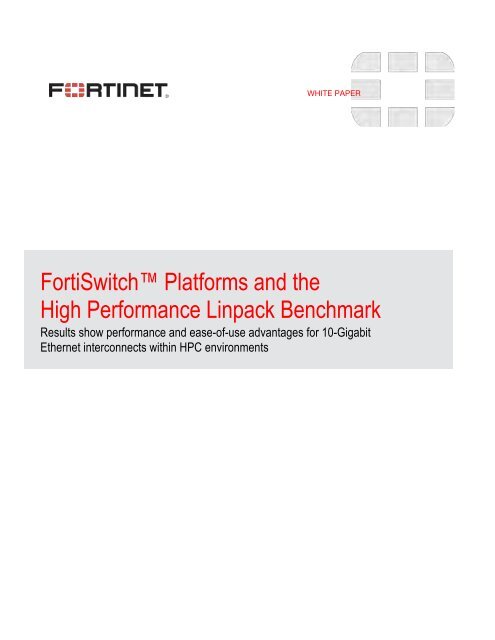


This system made world headlines this week with its dramatically superior performance that shatters the performance record for supercomputing by a long shot. If there was ever a time when the value of such a benchmark could be clearly seen it was with today’s announcement of the latest Linpack Top 500 results that put the apparently spectacular performance of the new Sunway TaihuLight supercomputer into clearer focus. Jack Dongarra (one of the original founders of the Linpack benchmark and Top 500 list of supercomputers) and Sandia National Lab’s Michael Heroux developed the High Performance Conjugate Gradient ( HPCG) benchmark, a companion metric to balance perspectives on performance that is a growing companion to the more widely-known Linpack results. To answer demands from supercomputing sites that a metric be developed that emphasizes data movement over sheer number crunching peak potential, Dr. While raw floating point peak performance is a competitive fuel, for those engaged in scientific computing at scale, determining what makes a machine valuable is far more nuanced. This shift in value stands to reason, since larger machines mean more data coursing through the system, thus an increased reliance on memory and the I/O subsystem, among other factors.

However, many have argued the benchmark is getting long in tooth with its myopic focus on sheer floating point performance over other important factors that determine a supercomputer’s value for real-world applications. When we cover the bi-annual listing of the world’s most powerful supercomputers, the metric at the heart of those results, the high performance Linpack benchmark, the gold standard for over two decades, is the basis.


 0 kommentar(er)
0 kommentar(er)
